
Mobjack Marsh Catting

T and I tagged on to the last couple of days Doug and his family were spending near Mathews on Mobjack Bay. Weather had been iffy all week, and didn’t look very promising for the weekend; but things cleared up after a few storms blew through.
Doug and I took his lovely Marsh Cat out on the last day, with low expectations. If nothing else, we could motor around for an hour and come back. But once we cleared the creek, there was a steady breeze blowing. It was enough to relieve some of the summer heat, and we ended up sailing for hours. So nice, we only came back when we got hungry and thirsty.
Shot a little video on the phones, as I was otherwise unprepared, but came out alright.



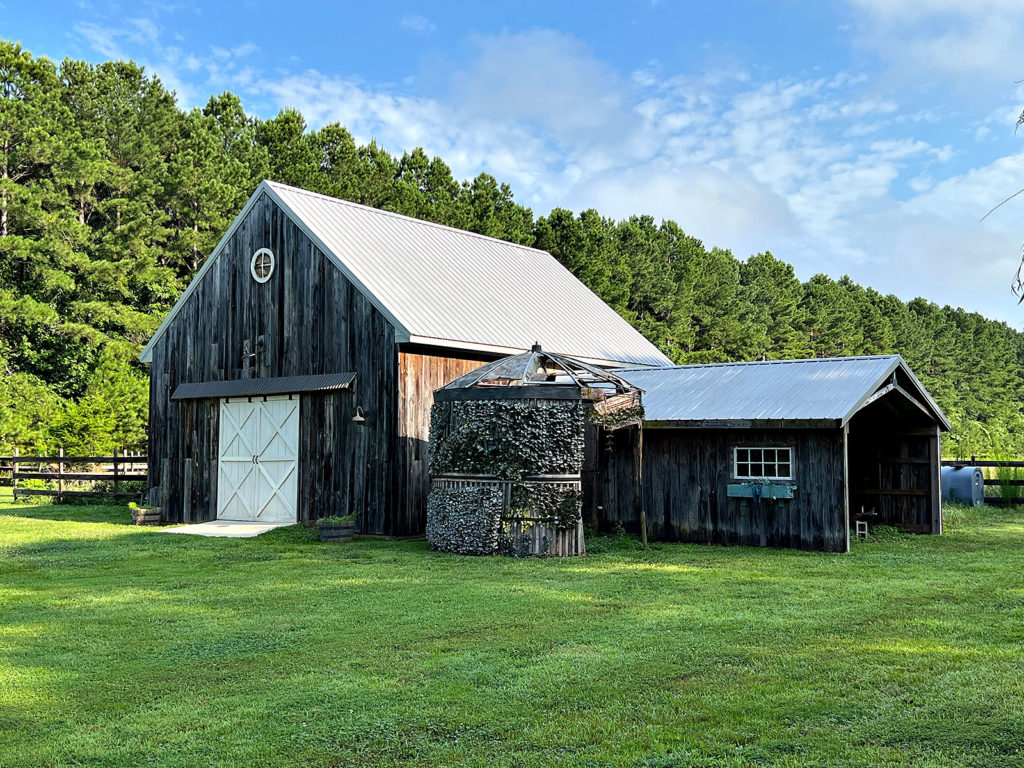
Eastern Screech Owls

A family of Screech Owls has been visiting the back yard every evening all week. They come in from the woods as the fireflies rise from the grass, that brief crepuscular window between dusk and dark.
There are two adults and three fledglings. They are fearless. With full faith in their camouflage, which makes them nearly invisible, and pay me no mind as I stand nearby. They swoop overhead to low hanging branches, dive into the grass just a few feet away, then fly back up to feed whatever they’ve caught to the hungry youngsters. Sometimes so close I feel the wind from their wings.

I almost didn’t notice them. There is no sound when they fly. But sitting in the yard watching the fireflies, I kept seeing a random blur in my peripheral vision. It was only when the mockingbirds started raising a ruckus, mobbing something in a tree, that I went to investigate. I stared at the tree and saw nothing. Then one took flight and went over my head.




The name for these birds is a terrible disservice, and truly misleading. They don’t screech at all. There’s only a soft trilling as they chitter to each other. When one does call at night, it’s a musical mournful sound, more like a child lost in the woods, tired and weeping.

Day Lilies Wilding
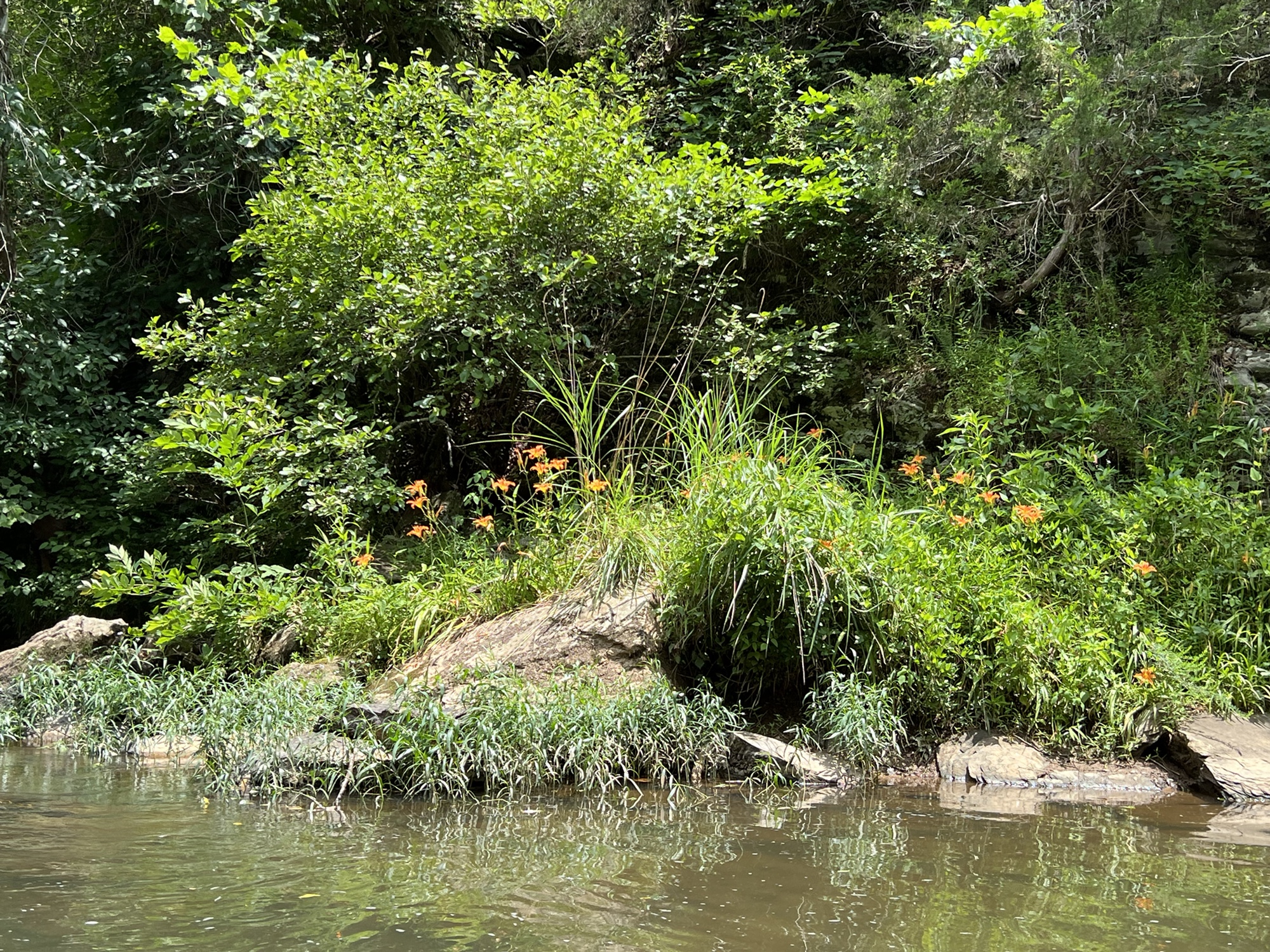
First Test with a Kodak No. 1 Autograph Folding Pocket Camera

Another old camera in the heirloom collection that I had not tried before. This one has a fascinating history I’ll definitely share in a longer post soon. But for now, here are the first results from this century old piece of camera design hardware. Light leaks, misfires, double exposures, lens flares . . . it has it all.
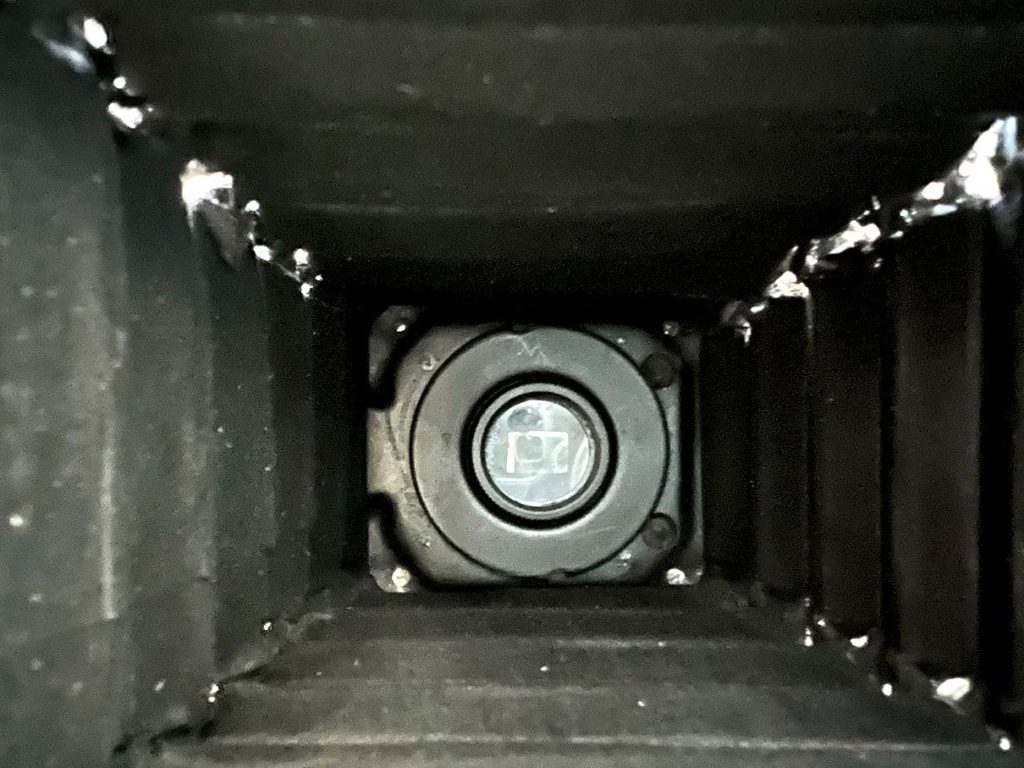
I tried to patch the gaps in the bellows, and shot a roll of test film. It’s clear from the film I did not get them all, but the images are strangely appealing – especially for all the flaws.
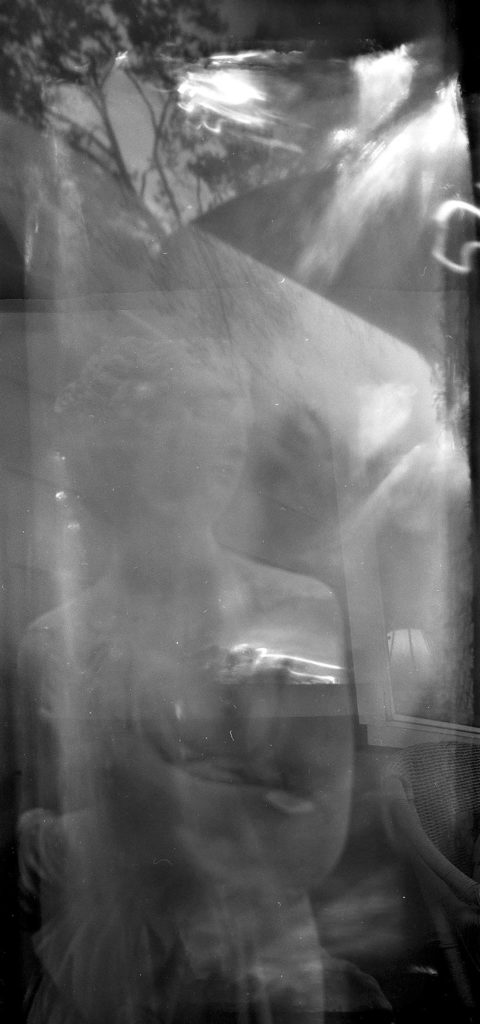




I have more work to do on this one. And more research on the provenance.
More to come . . .
More Bronica S2A Photos

Got more photos processed from several old cameras now. The most recent rolls developed at home with good results.
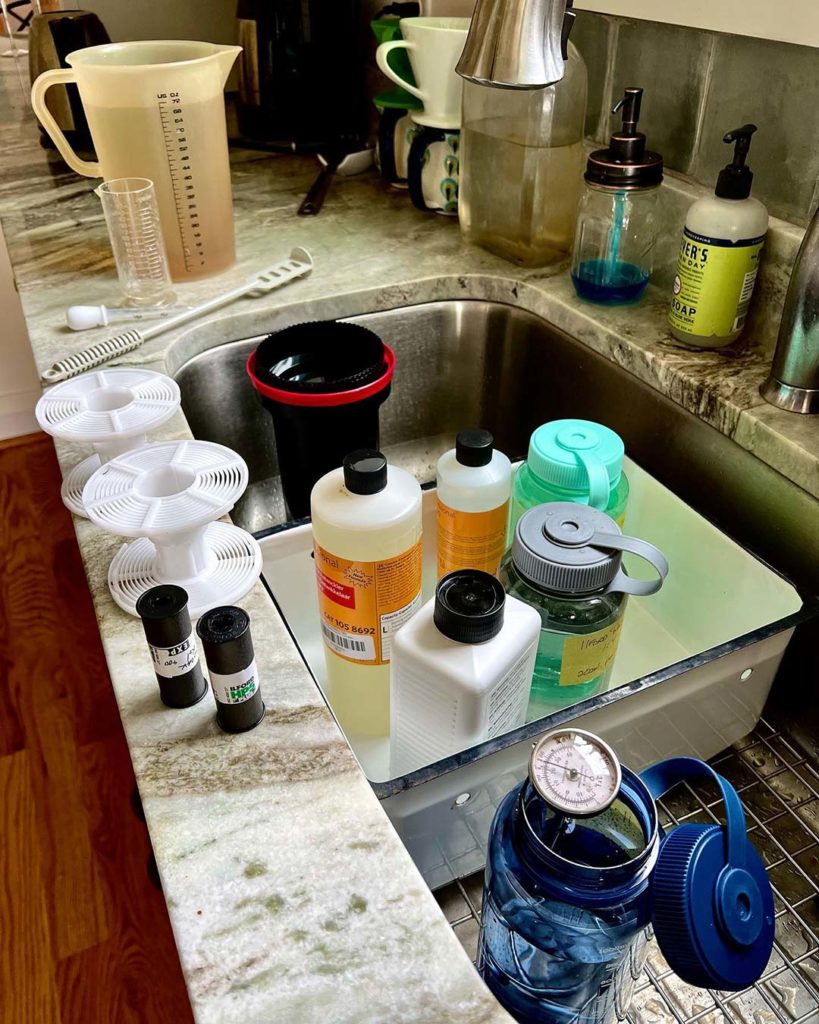
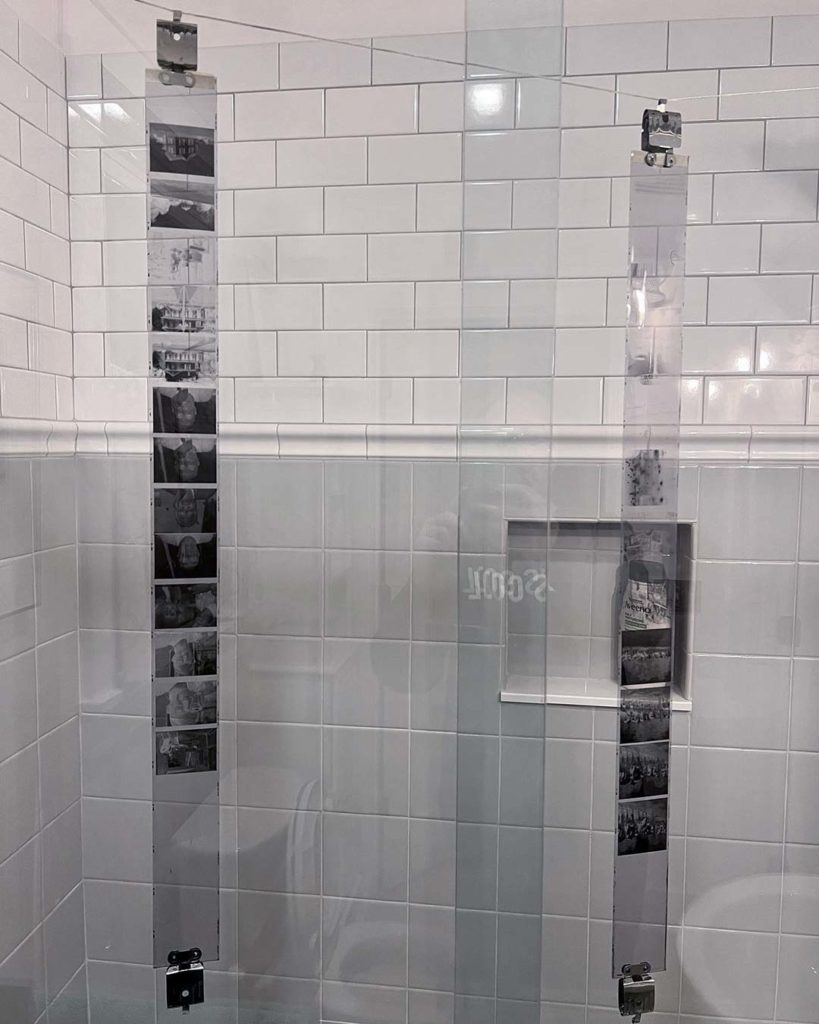
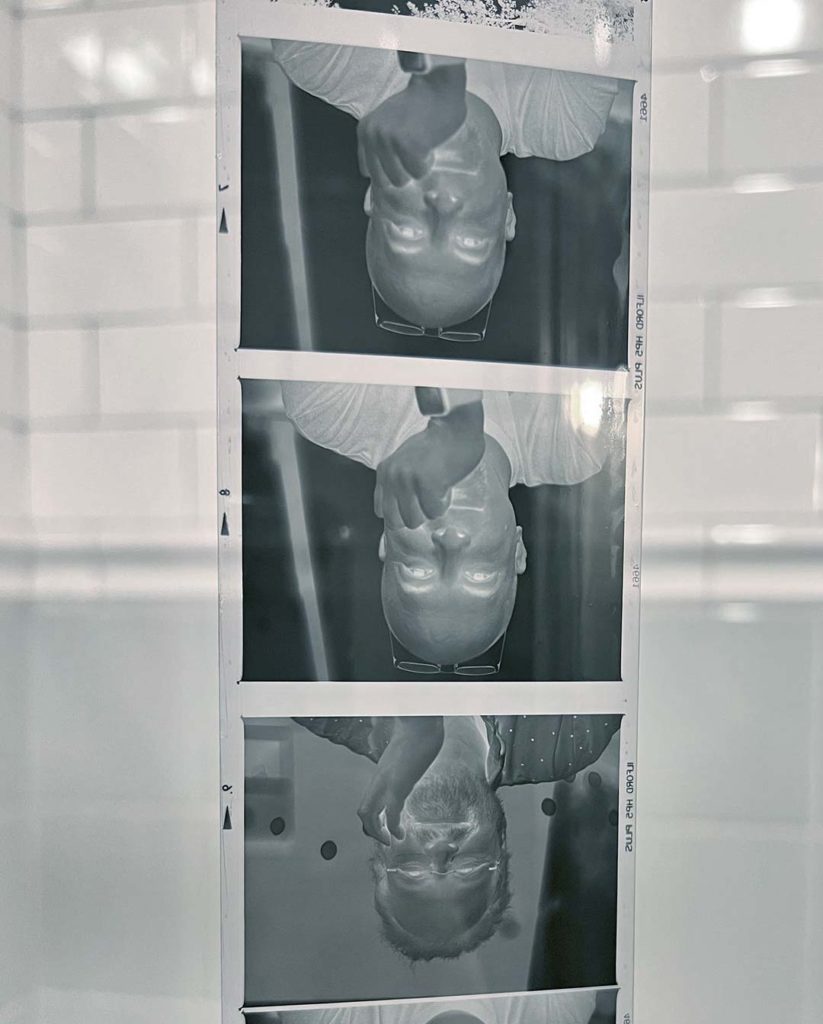
This Bronica is a beast, but it’s a terrific piece of analog engineering. Some photos are taken with the 6×6 film back, and some with the 6×4.5 back; but both are remarkably consistent.


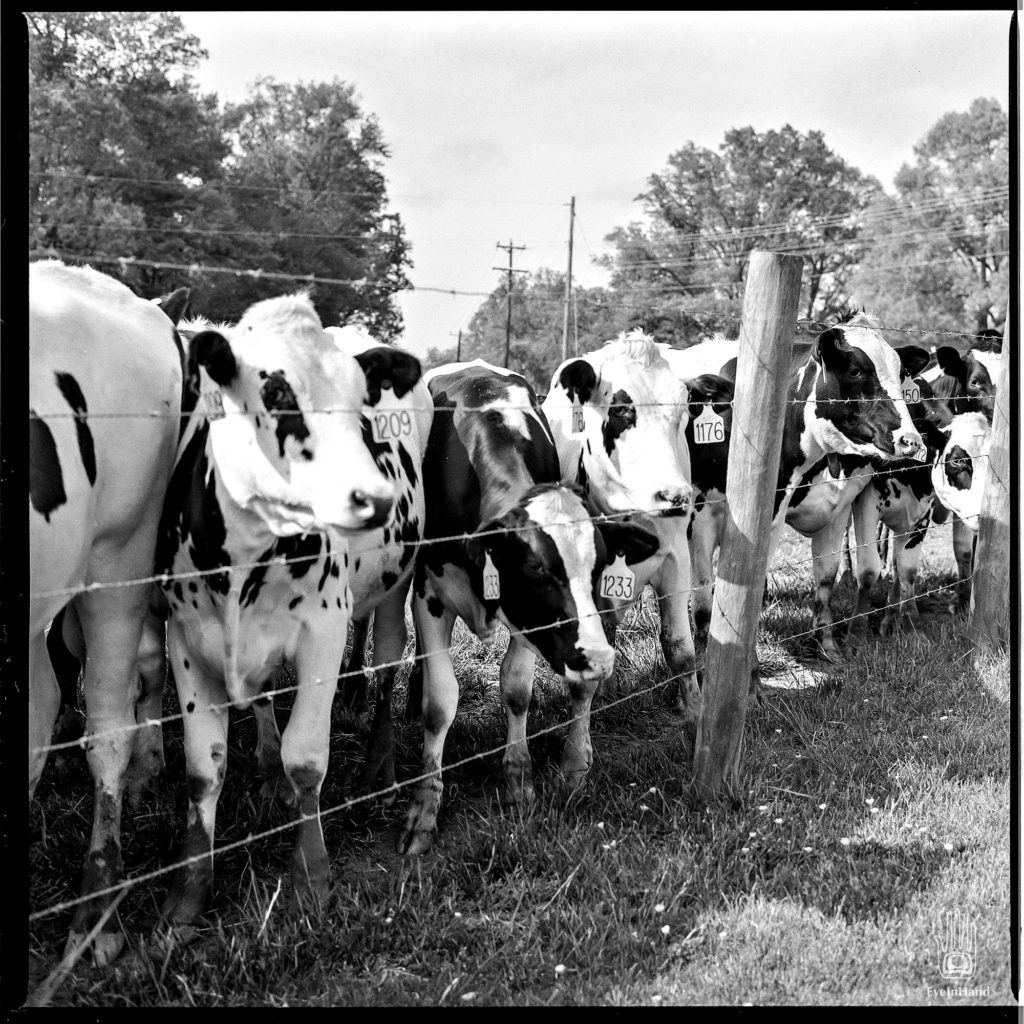
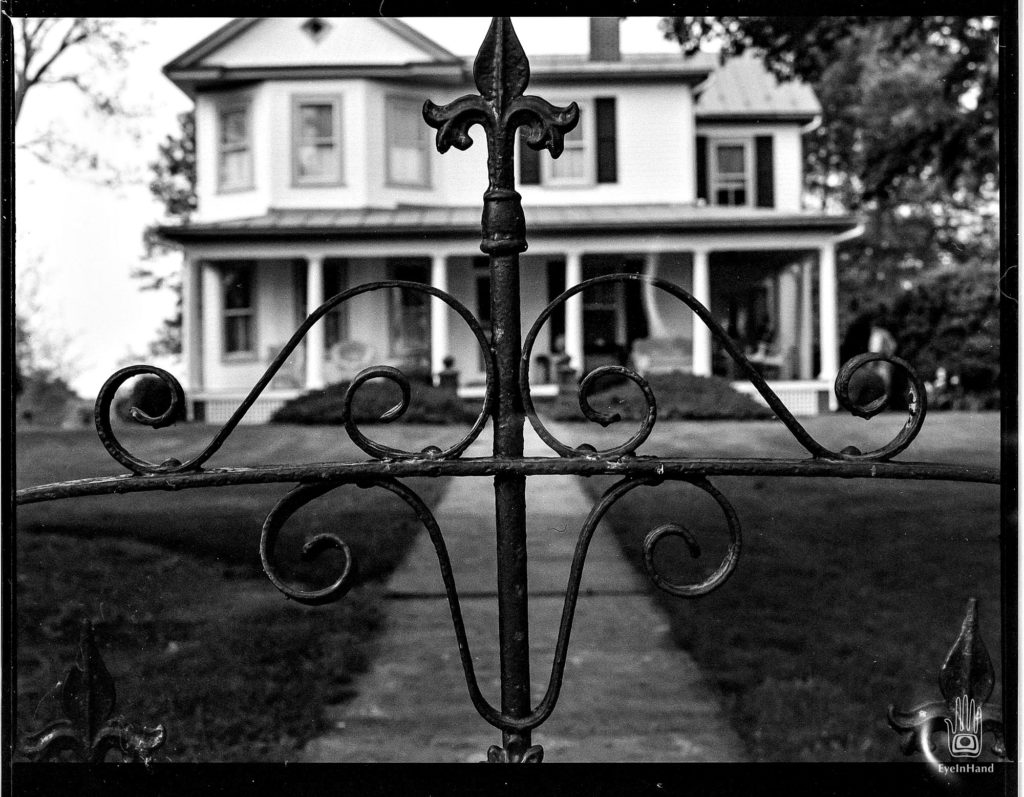

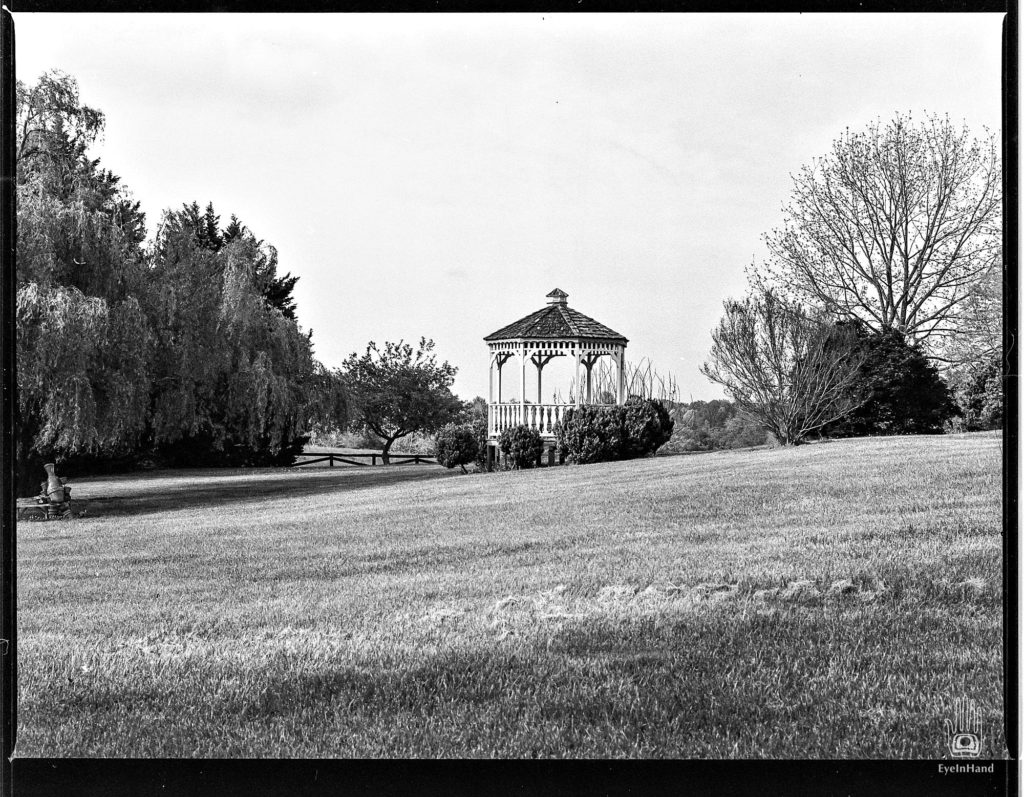
Vintage Travels ~ Guatemala

A decade ago, we met good friends for a couple of weeks exploring Guatemala. It’s a great way to travel, with friends who know the country well. We went places and saw things we would never have found on our own. And it’s only better when friends have someone to share them with.
Hoping we can get back again soon.












